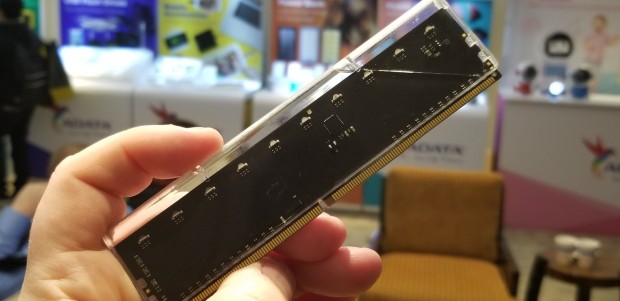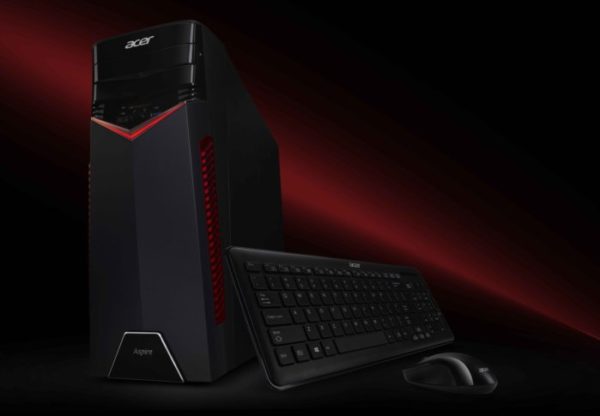LAS VEGAS, NV — Adata’s Project JellyFish isn’t the wildest system memory design we’ve ever seen, but it’s certainly the…wettest. At CES 2018, the company displayed a working prototype of a fluid-filled plastic shell that encapsulated a fairly traditional DDR4 DIMM. The liquid inside the housing is non-conductive and has been used for exotic computer displays for years by companies looking for attention at trade shows.
Adata is the first that we know of to combine the chemical in a DRAM module. We were told the company has a patent on the design, but don’t expect to purchase JellyFish DRAM anytime soon. We were told these are working prototypes but not final designs. At this time, we’re not even sure if this product will come to marke





